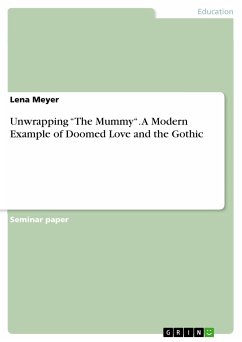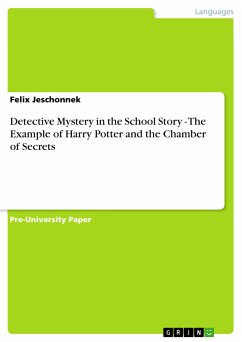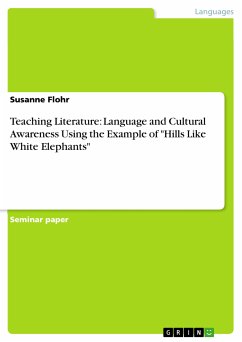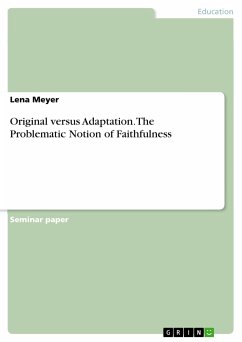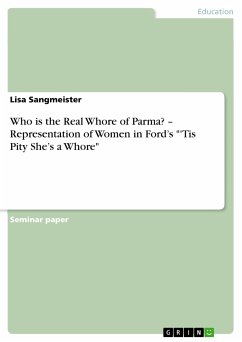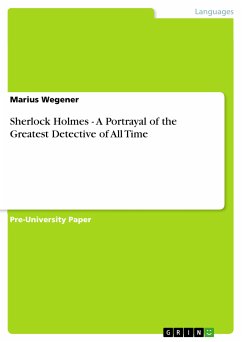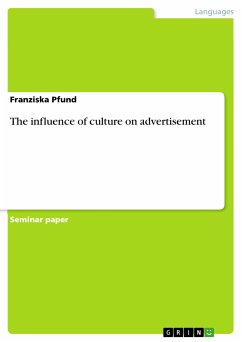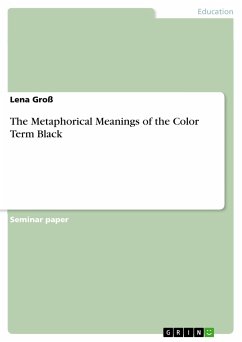Seminar paper from the year 2013 in the subject Didactics for the subject English - Miscellaneous, grade: 1,0, University of Cologne, language: English, abstract: Ancient Egypt and the Gothic go well together – or to be more precise, modern images of what most consider to be a magical and enchanted, rather exotic period in history appear to find their most touching expression in what is widely considered to be a typical gothic manner of representation. This paper deals with Stephen Sommers’s movie “The Mummy”, released in 1999 (c.f. International Movie Database, IMDb). It might be considered a Blockbuster, as it was able to not only regain but more than double its budget within the opening weekend alone (c.f. ibid.). What are the reasons for such a success? Two of them may already be found in the opening sentences of this introduction – “The Mummy” successfully unites both the audience’s visions of ancient Egypt and a typical – covert, but still tangible – gothic way of narration and style. However, another layer has been added that seems to have contributed to the movie’s success at international box-offices: the idea of an eternal love obviously doomed from its very beginning. It is this fatal love between a high priest and the Pharaoh’s mistress that represents the center of this paper’s argumentation. It will be examined whether this love can be called the “prima causa” (Conrad 1973: 17) of the catastrophe that follows it. Furthermore, it will be shown how well the love-story fits into the film’s general story and to its gothic appeal. In preparation for this discussion, the paper enlists criteria of what is considered being a representative gothic novel and compares these criteria with characteristics of the movie. Additionally, the movie’s villainous couple and their love will be examined: Can he be seen as a typical gothic villain and is he “a se” (ibid: 18) evil or are the origins of his villainy to be sought in his environment? Does she truly love him or only see him as her possibility to oppose society and escape into a better future? In this context, the paper will also explore some current theories about the Byronic hero and heroine and their representation in literature. Again, the characteristics of this literary figure will be listed and compared to those of Imhotep and Anck Su Namun – it will then be examined whether the two of them can be read as such archetypes of literature.
Bitte wählen Sie Ihr Anliegen aus.
Rechnungen
Retourenschein anfordern
Bestellstatus
Storno

